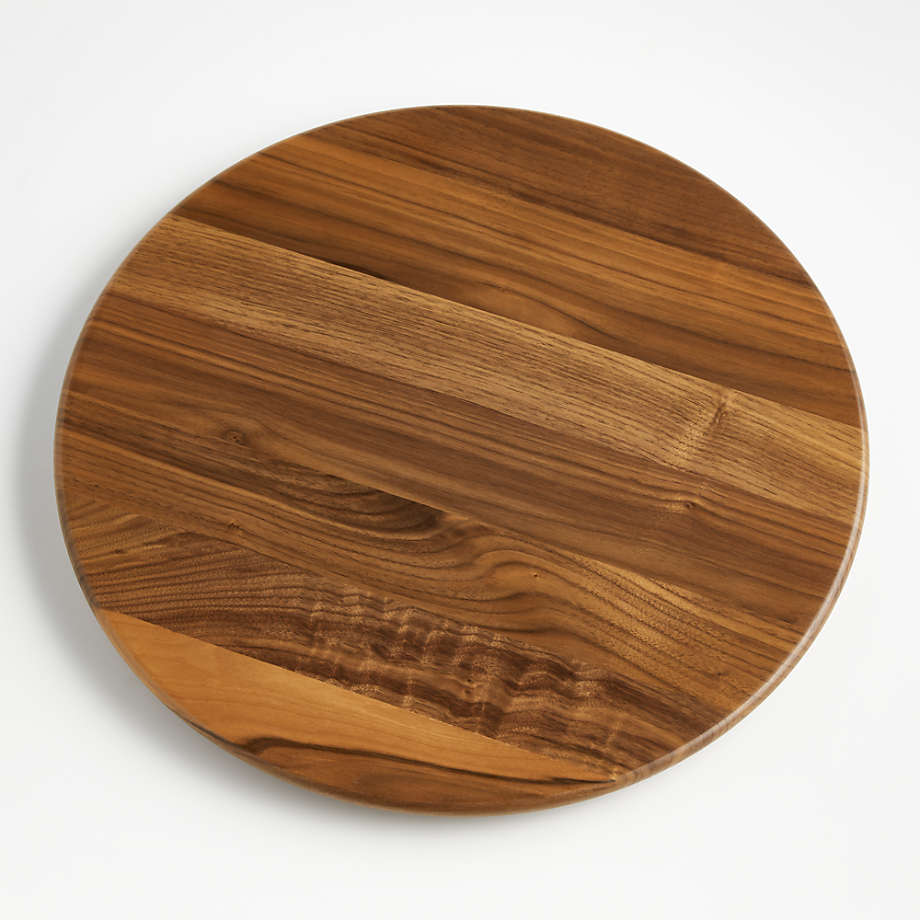
Their 32 inch diameter proves advantageous because it’s usually the largest susan that will fit into a standard, 24 inch-deep, base cabinet corner. These kinds of susans are often the most popular as they’re designed for the 90 degree corners found in most kitchen cabinets. Kidney shaped lazy susans have a soft, rounded, triangular cut out. And if you’re looking to order lazy susan parts or products, be sure to check out our entire lazy susan hardware selection!Īs always, we are available by phone Monday – Friday 8am to 5pm CST at (800) 383-0130 to answer your questions and help you find exactly what you need to make you a Hero at Home. Below, you’ll find valuable information on the various types and materials of lazy susans. Now-a-days, lazy susans have many uses in the kitchen, one of the most popular being in corner cabinets where they can help maximize access to stored items. No one knows exactly why these revolving serving trays got their peculiar name, but some claim they were invented by Thomas Jefferson whose daughter, Susan, always complained about being served last during family meals. Before that point, these devices were often referred to as “dumb waiters”. The term “Lazy Susan” was first coined in a Vanity Fair advertisement back in 1917. Shop All Entertainment and Office Hardware.Shop All Knobs, Pulls, Hooks and Plates.Want more history? See posts on The History of the Trough Sink, The History of the Farmhouse Sink and The Copper Bathtub in History.All the hardware needed to handle any job.

It is the new centerpiece of the modern dining table-as functional as ever but having undergone a high-end makeover that has designers and homeowners, and those that gather around their tables, clamoring to take them for a spin. Today, this turntable has multiple uses, far beyond its early purpose as a servant replacement. Lazy Susans became so fashionable in the 1950s and ’60s that they were deemed kitschy in the decades to follow, but the 21st century has seen them reinvented and in demand once more. At the same time, the domestic service sector collapsed and the post-war Baby Boom led for to a demand for convenience.

We conclude that her roots are in Europe while she came by her name in America, where she has gone in and out of style.īy 1918 Century Magazine had already dismissed the lazy susan as out of fashion, though she would become very popular again in the 1950s, after George Hall, a soy sauce manufacturer, and partner in popular San Francisco-area Chinese restaurants, reintroduced the tabletop turntables in his restaurants. While the identity of the original Susan remains a mystery, her namesake lives on. Webster’s Dictionary added the term in 1933. She can be seen, but not heard, nor can she hear, she simply minds her business and carries out your orders in a jiffy.” In 1912, The Christian Science Monitor referred to the lazy susan as “the characteristic feature of the self-serving dinner table,” and a 1917 Vanity Fair ad depicted Ovington’s $8.50 mahogany “Revolving Server or Lazy Susan.” Proclaimed the ad: “$8.50 seems an impossibly low wage for a good servant and yet here you are Lazy Susan, the cleverest waitress in the world, at your service!” Keep in mind that WWI was in progress in 1917, and women sought solutions to a shortage of servants. Laurie became the “resuscitator of ‘lazy susan.’” A piece said, “‘Lazy Susan’ is a step toward solving the ever-vexing servant problem. In The Boston Journal in 1903, Scottish carpenter John B. Regardless of who thought to spin the plates, the term “lazy susan” debuted in the press in the early 20th-century. After all, he was the mastermind behind the phonograph, introduced in 1877, and its spinning turntable. Others attributed the name to another Thomas: Edison. It serves many of the same purposes and is a spin-off of this functional piece of furniture. A guest who dined at the President’s house recalled, “By each individual was placed a dumbwaiter, containing everything necessary for the progress of dinner from beginning to end.” Today, some call the lazy susan a dumbwaiter (especially in Britain).

Jefferson’s dumb (or silent) waiters were serving trays with wheels. He brought the concept of the “dumb waiter” to Monticello following a trip to France. Many people claim that Thomas Jefferson invented it (or at least popularized it in America).


 0 kommentar(er)
0 kommentar(er)
